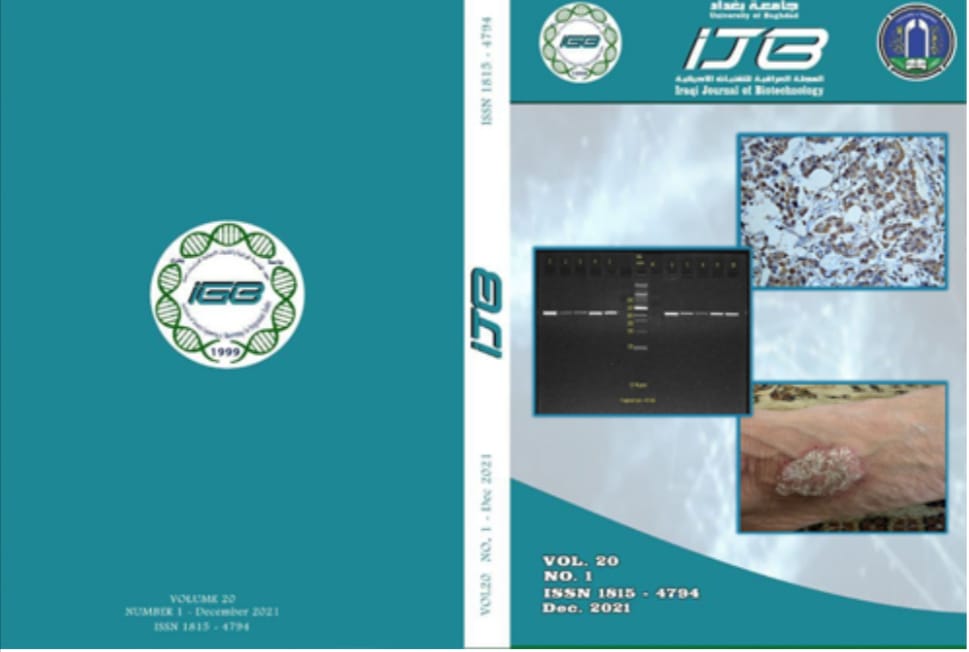Expression and Clinical Significance of the Chemokine Receptor CXCR2 in Ovarian Cancer
Abstract
The present study aimed to shed light on the role the of the Chemokine Receptor CXCR2 in the pathogenesis and progression of ovarian cancer. A total of 23 Paraffin-embedded tissue blocks from patients with different stages of newly diagnosed ovarian cancer were provided by certain Iraqi hospitals as well as 7 samples of patients with benign ovarian tumors tissues as a control group were used in this study. In the present study, the CXCR2expression was assessed by means of an envision immunohistochemistery technique using the NovolinkTM Polymer Detection Systems for both benign and malignant ovarian tumors. The results showed that 6(85.7%) of benign ovarian tumors and 22(95.7%) of ovarian cancer samples were positive for CXCR-2 which showed significant differences (P value0.048<0.5). CXCR2 was not expressed in 1(14.3%) of benign tumors and 1(4.3%) of ovarian cancer sections. Weak (+) CXCR-2 expression was observed in 2(28.5%) of benign tumors and 5(21.7%) of ovarian cancer sections which showed no significant differences. No significant differences were observed in the median CXCR-2 expression (++) between samples of benign tumors 3(42.8)% and samples of ovarian cancer 5(21.73%). The highest vascular signal intensity of CXCR-2 expression (+++) was observed in 1(14.3%) of benign tumors and 12(52.1%) of ovarian cancer sections, which showed high significant differences (P value **<0.01). In correlation with stages the results showed that18(94.44%) of samples with stage I and 4(100%) of samples with stage III were positive for CXCR2, which showed no significant differences (NS) with differences I signal intensity. In conclusion this study investigated that the percentages of sections with positive expression were higher in ovarian cancer tissue sections than the sections of benign ovarian tumors, and the signal intensity of staining was stronger in late stages of ovarian cancer tissue indicate role of CXCR2 expression in ovarian tumor progression, and maybe reveals the diagnostic value of this receptor for early diagnosis of ovarian cancer, and also provide the evidence for the ability of tumor cells to metastasize and then tumor angiogenesis and invasiveness.


